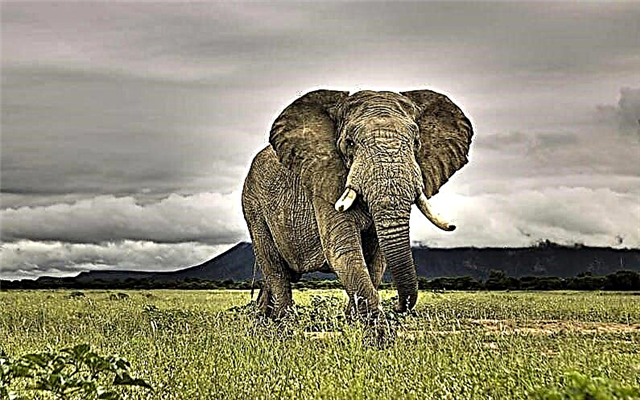
Although outer space is a void, there are many objects in it that sweep across it without a rudder and without sails in different directions. All these objects, often in very unusual orbits, revolve around the Sun.
Earth collision with meteorites
It can happen (and it happens) that the orbits of these bodies and the Earth intersect. Neither side can avoid the road and avoid a collision. Sometimes such collisions can be seen. So, in 1972, witnesses managed to film, as a thousand-meteorite flew into the Earth’s atmosphere, flew very close to the Earth’s surface and flew into space.
Tunguska meteorite

But many years ago, it was less fortunate on the planet. On June 30, 1908, at dawn, a ball of fire plotted the sky near the Tunguska River in Siberia and exploded in the middle layers of the atmosphere. Coniferous trees were felled over an area of about 2,000 square kilometers. Scientists believe that observers saw a meteorite or comet about 100 meters in diameter, destroyed during passage through dense layers of the atmosphere.
Fortunately, there are very few inhabitants in Siberia. Only one merchant was at a distance of about 60 kilometers from the epicenter of the explosion. His clothes were charred and blackened, but he himself remained alive. One can imagine how many lives such an explosion would take if it happened over a large city. True, the destructive effect of the meteorite was not limited to Siberia.The explosion shot up a huge amount of dust into the sky, which the wind blew throughout the earth's atmosphere, causing temporary climate change and damaging the ozone layer of the atmosphere.
What happens in space around the earth?
We go to school, to work, we live our daily lives and think little about what is happening in the blackness of space surrounding the Earth. And there is a lot of interesting going on for us. In 1990, astronomers installed a telescope in Arizona to constantly monitor space. The task was set to detect meteorites flying past the Earth. On January 18, 1991, an asteroid fragment was discovered in space. This silent space wanderer, a huge fragment of rock, flew past our home planet at a distance of 170,000 kilometers.
It may seem to some that this is very far. But the moon is on average about 380,000 kilometers from Earth. Scientists believe that the meteorite passed dangerously close to the Earth. If he deviated slightly from his course and collided with the Earth, a stone fragment about eight meters in size would explode in the air. The power of such an explosion would be three times the power of the explosion of an atomic bomb dropped on Hiroshima. Scientists estimate that on average every 100 years, the Earth collides with a cosmic body with dimensions of at least 50 meters across. Fortunately, these blows fall on those parts of the earth's surface that are covered by the ocean or practically not populated.
Interesting fact: scientists believe that meteorites fly in the immediate vicinity of the Earth once a day.Therefore, ways are being sought to change the flight path of such meteorites or to destroy them.
How often do meteors fall to Earth?
Approximately once every million years, "goodies" about ten kilometers in size fall from the sky. In this case, an explosion occurs, equivalent to a bomb explosion of 13 trillion tons of TNT. Such an explosion, even if it occurred in the ocean, raises so much fine dust into the air that sunlight fades for many months. The climate of the Earth is catastrophically changing. Some scientists think that it was such an explosion that led 65 million years ago to the extinction of dinosaurs.
Interesting video about meteorites and the Earth











